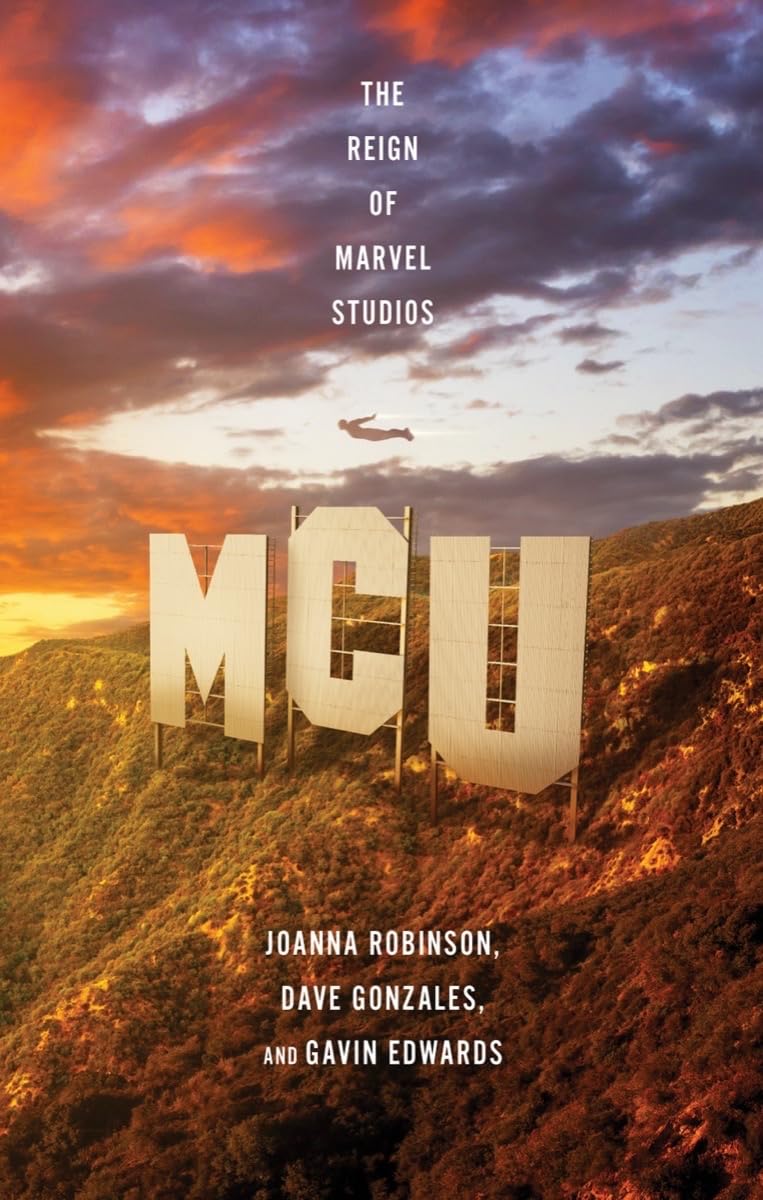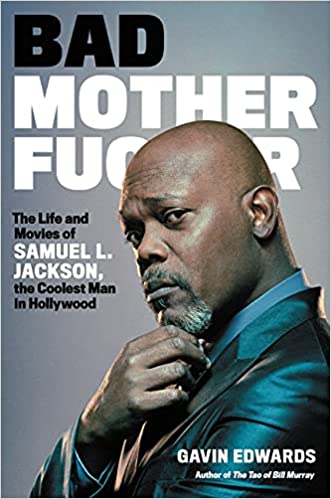Is it true that Pink Floyd recorded a complete album using only household objects?
No, but they tried. After Dark Side of the Moon hit #1 in 1973, making Pink Floyd international superstars, the band returned to Abbey Road studios that fall not sure what to do next. “What do we do after this?” asked keyboardist Rick Wright. Although their record company would probably have preferred Dark Side II: The Lunatic Returns, the band set off on a more experimental route.
They decided to record an album without musical instruments, using only common household objects. “If you tap a wine bottle across the top of the neck,” guitarist David Gilmour said, “you get a tabla-like sound close up.” Pink Floyd explored other sounds: they stretched rubber bands between two tables (for a bass sound), they unrolled adhesive tape at various lengths, they sawed wood, they pounded hammers, they chopped tree trunks with axes, they broke lightbulbs. The band’s road manager was sent out to hardware stores to find brooms with a wide variety of bristle strengths.
As the weeks went by, it became apparent that while the band was enjoying their mad-scientist recording experiments, not much progress was being made and the sounds were not an improvement on using traditional instruments such as guitars and drums. Engineer Alan Parsons remembered, “We spent something like four weeks in the studio and came away with no more than one and a half minutes of music.”
Only one fragment of the work would ever appear on a Pink Floyd record. Their next album, 1975’s Wish You Were Here, features one of the sounds on the introduction to the first epic track, “Shine On You Crazy Diamond.” Drummer Nick Mason said, “We had used an old party trick of filling wine glasses with varying levels of water and then running a finger round the rim to create a singing tone. These tones were then put onto sixteen-track tape and mixed down in chord clusters so that each fader controlled an individual chord.” As it turns out, the band had created a high-tech reinvention of an old musical instrument, one that Benjamin Franklin had also designed a version of: the glass harmonica.
(Excerpted from the 2006 book Is Tiny Dancer Really Elton’s Little John?: Music’s Most Enduring Mysteries, Myths, and Rumors Revealed, published by Three Rivers Press, written by Gavin Edwards.)


